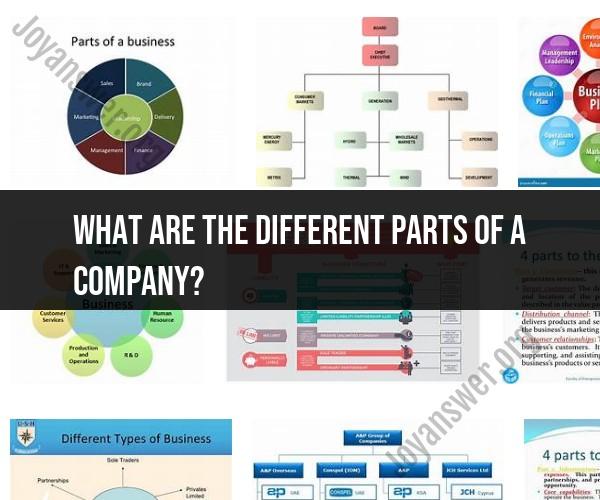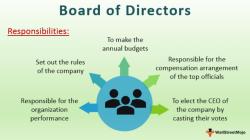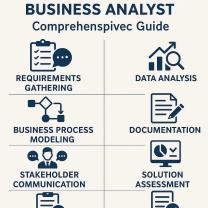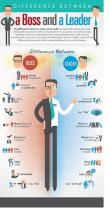What are the different parts of a company?
A company is a complex organization with various components and departments that work together to achieve its goals and objectives. The specific structure and divisions within a company can vary depending on its size, industry, and organizational model. However, here are the common parts or departments that make up a typical company:
Leadership and Management:
- Board of Directors: A group of individuals responsible for overseeing the company's strategic direction and major decisions.
- CEO (Chief Executive Officer): The highest-ranking executive responsible for overall leadership and decision-making.
- Executive Team: Senior executives who manage various aspects of the company, such as finance, operations, marketing, and human resources.
Administrative Departments:
- Human Resources (HR): Responsible for hiring, training, benefits administration, and employee relations.
- Finance and Accounting: Manages financial operations, budgeting, accounting, and financial reporting.
- Legal: Provides legal counsel, handles contracts, compliance, and intellectual property issues.
- Administrative Services: Oversees office management, facilities, and administrative support.
Operations and Production:
- Production and Manufacturing: If applicable, responsible for producing goods or services.
- Supply Chain and Logistics: Manages the flow of materials, inventory, and distribution.
- Quality Control: Ensures product quality and adherence to standards.
- Research and Development (R&D): Conducts research and develops new products or services.
Sales and Marketing:
- Sales: Responsible for selling products or services to customers or clients.
- Marketing: Develops and executes marketing strategies, including advertising and promotion.
- Customer Service: Provides support and assistance to customers, addressing inquiries and issues.
Customer Relations:
- Customer Relations Management (CRM): Manages customer interactions and relationships.
- Customer Support: Addresses customer inquiries, issues, and feedback.
Information Technology (IT):
- IT Department: Manages technology infrastructure, systems, and software.
- Cybersecurity: Ensures data and network security against cyber threats.
Research and Development (R&D):
- R&D Department: Conducts research, innovation, and product development.
- Product Management: Oversees product lifecycles and market analysis.
Legal and Compliance:
- Legal Department: Provides legal counsel and ensures legal compliance.
- Compliance: Ensures adherence to industry regulations and legal requirements.
Corporate Communications:
- Public Relations (PR): Manages public image, media relations, and communication strategies.
- Internal Communications: Handles communication within the organization.
Strategy and Planning:
- Strategic Planning: Develops long-term goals and strategic initiatives.
- Business Development: Identifies growth opportunities and partnerships.
Corporate Social Responsibility (CSR):
- CSR Department: Oversees philanthropic efforts, sustainability, and community engagement.
Board Committees:
- Audit Committee: Ensures financial reporting accuracy and compliance.
- Compensation Committee: Sets executive compensation and benefits.
- Governance Committee: Focuses on corporate governance and ethics.
Advisory Boards and Consultants: External experts who provide guidance on specific areas, such as finance, technology, or marketing.
The specific roles and responsibilities of these departments and components can vary widely depending on the company's industry, size, and organizational structure. Larger companies may have more specialized departments, while smaller companies may have fewer divisions with employees wearing multiple hats. The success of a company often depends on the effective collaboration and coordination of these different parts to achieve its objectives.













